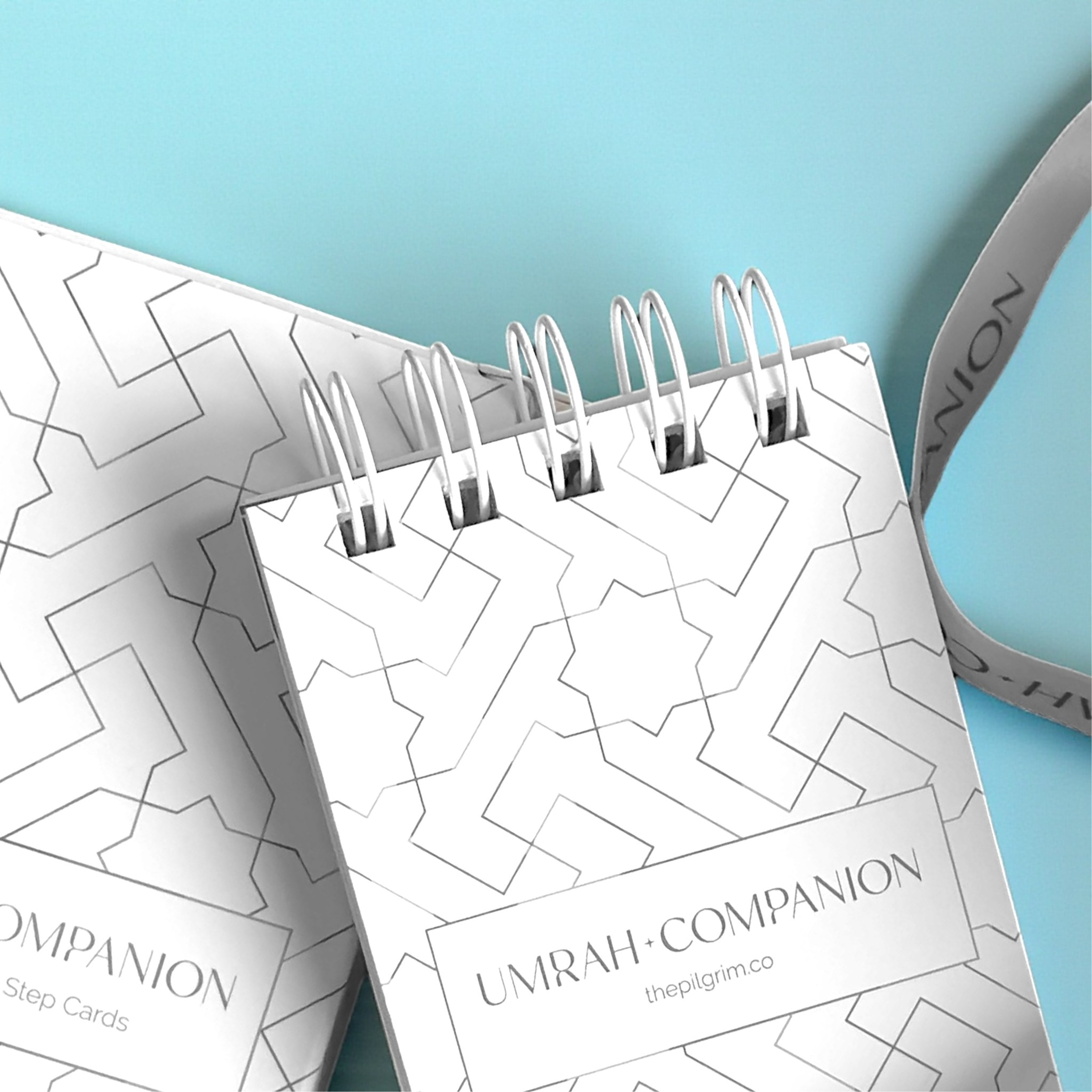Choosing the right footwear during Ihram is essential.
Your shoes must follow Islamic guidelines and be comfortable enough for the long hours of walking in Makkah and Madinah.
This guide breaks down what is allowed, what to avoid, and how to choose the best sandals or shoes for both men and women.
Whether you're preparing for Hajj or Umrah, the right footwear can make your journey smoother and more rewarding.
What Footwear is Permissible During Ihram?

When you enter the state of Ihram, there are clear rules about what you can wear especially for men.
For footwear, men must avoid anything that covers the ankles or the top of the foot.
That means no closed shoes or stitched footwear.
Women aren’t as restricted, but their shoes should still be simple, modest, and comfortable.
These guidelines aren’t just about rules; they reflect the spirit of humility and unity that comes with Hajj and Umrah.
Choosing the right footwear helps you stay comfortable during hours of walking and ensures your worship is valid.
Criteria for Acceptable Ihram Footwear
Here are the key conditions that make a pair of shoes suitable for Ihram:
- Men’s footwear must leave the ankles and top of the foot exposed.
- Shoes should not be stitched in a way that forms a shape around the foot (a ruling that mainly applies to men, according to some scholars).
- Comfortable soles are essential, especially for walking between rituals.
- Footwear should be breathable and easy to slip on and off.
- Avoid anything flashy, scented, or decorative — Ihram is a time for simplicity.
Types of Footwear That Are Allowed in Ihram
The most common footwear choices for pilgrims include:
- Unstitched sandals
- Flip-flops
- Sliders
- Basic slippers (for women)
- Ihram sandals (Hanafi opinion) – Men may wear stitched sandals if they meet the condition of exposing the required parts of the foot.
These options align with sharia guidelines and offer ease during tawaf and sa’i.
The Significance of Wearing Unstitched Sandals
Unstitched sandals have become a symbol of compliance for male pilgrims.
In many schools of thought, stitching is interpreted as tailoring or shaping the foot, which is prohibited during Ihram.
While interpretations vary (especially between Hanafi and Shafi’i scholars), choosing unstitched sandals ensures you stay on the safe side.
These sandals also tend to be lightweight, breathable, and easy to clean — ideal for the hot, crowded conditions in Makkah.
Why Avoid Footwear That Covers the Ankles?
Covering the ankle is specifically prohibited for men in the state of Ihram. This includes:
- Trainers
- Boots
- Loafers
-
Full-cover sandals
Wearing such footwear may require offering a penalty (dam). Sticking to allowed sandals prevents unnecessary mistakes and keeps your focus on worship.
The right footwear can make a big difference during Umrah or Hajj.
You'll be walking a lot - sometimes for hours.
So comfort, compliance, and durability matter.
Below are some of the best footwear options to consider when entering the state of Ihram.
Best Footwear Choices for Ihram
Recommended Sandals for Ihram: Comfort and Compliance
When it comes to comfortable, sharia-compliant sandals, look for:
- Flat soles with decent grip
- Open-top designs that leave the ankle and top of the foot uncovered (for men)
- Adjustable straps to help keep your feet secure
-
Breathable materials like leather, mesh, or soft rubber
Some of the best sandals for Umrah include those designed specifically for long walking hours.
Brands that make Hajj sandals often keep sharia requirements in mind.
These are usually lightweight, cushioned, and easy to wash.
Stitched Sandals vs. Unstitched: What’s the Difference?
The term “stitched” in this context refers more to tailored, shaped footwear than stitching itself. For men, the concern is whether the sandal wraps around or encloses the foot.
- Unstitched sandals: Often open, flat, and minimal — safest option
-
Stitched sandals: Permissible in the Hanafi school if they don’t cover the prohibited areas (ankle/top of the foot).
Women can wear stitched footwear as long as it’s modest, comfortable, and doesn’t have flashy decoration or perfume.
Are Crocs Okay to Wear During Ihram?

Many ask: Can you wear Crocs in Ihram? The answer depends on the model.
- Most Crocs for men cover the top of the foot, making them unsuitable.
- Some open-top Crocs might be okay if they expose the top and ankles.
- For women, Crocs are generally acceptable if simple and modest.
Best Shoes for Umrah: Top Picks for Ladies and Men
Umrah shoes for ladies should be:
- Breathable
- Easy to walk in
- Modest and scent-free
Popular options include lightweight trainers, mesh slippers, and walking sandals with cushioned soles.
Women are allowed to cover their feet, so comfort is key.
For men, the best shoes for Umrah are open sandals with padded soles.
Look for anti-slip bottoms and shock absorption to handle long hours on foot.
Ihram Footwear for Women: What to Choose
Unlike men, women can wear any closed or open shoes during Ihram — as long as they are modest, clean, and free from fragrance.
The main goal is comfort and practicality during Hajj or Umrah.
Best Sandals and Shoes for Women During Ihram
The best Umrah shoes for ladies should be:
- Flat or low-heeled
- Supportive and cushioned for long walks
- Closed-toe or open, as women are allowed either
-
Breathable — mesh or soft leather is ideal
Avoid anything with flashy colours or decorative elements.
Stick to neutral tones like black, beige, or white.
These are easy to match with your Ihram clothing and help you blend in respectfully.
Ihram Footwear for Ladies: Comfort and Style
While comfort is the top priority, style can still be simple and elegant.
Think soft walking shoes, lightweight trainers, or sandals with arch support.
A few tips:
- Choose shoes a half-size up to allow for swelling.
- Pack two pairs - in case one gets wet or damaged.
- Avoid shoes with strong scents or perfume sprayed inside.
Remember, Ihram footwear for ladies doesn’t have to follow the same rules as men’s, but it should still be chosen with care and humility.
Can You Wear Flip-Flops or Sliders in Ihram?
Yes, one can wear flip-flops during Umrah or Hajj, as long as they do not cover the ankles.
For men:
- Flip-flops are allowed as they leave the ankles and top of the foot exposed.
- Sliders can be tricky. Some cover too much of the top of the foot — avoid those.
Always check that your sandals or slippers meet the basic Ihram rules, especially if you’re a male pilgrim.
Umrah Shoes for Men: Essential Considerations for Ihram
Men must follow stricter guidelines when it comes to ihram footwear.
The rules are there to maintain humility and follow the sunnah.
During Hajj or Umrah, men must wear sandals that do not cover the ankle or the top of the foot.
Ideal Sandals for Men During Ihram
The best ihram sandals Hanafi scholars recommend are:
- Open sandals that expose the ankle and upper foot
- No stitching across the upper in the Hanafi view
- Durable and cushioned for long-distance walking
-
Made from lightweight materials like rubber or soft leather
Some Maliki and Shafi’i scholars allow stitched sandals as long as they don’t resemble shoes.
Always follow the opinion of your madhhab.
Footwear for Men: Comfort and Practicality
You’ll be walking a lot - from your hotel to the Haram, during Tawaf, Safa and Marwa, and more. Choose sandals that:
- Fit snugly but comfortably
- Have non-slip soles
- Don’t cause blisters
-
Are easy to slip on and off for prayers
Look for options labelled “best sandals for Umrah” or “comfortable, sharia-compliant sandals.”
Can Men Wear Stitched Footwear During Ihram?
This depends on your school of thought:
- Hanafi: stitching on the upper part of the sandal is not allowed.
-
Shafi’i, Maliki, Hanbali: allow stitched sandals if they meet the basic conditions (ankles and top of the foot must remain uncovered).
So, if you’re unsure, choose unstitched sandals to be on the safe side
What Footwear Should Be Avoided in Ihram?
Wearing the wrong ihram footwear can make your Umrah or Hajj invalid. It's not just about comfort - it's about following the rules of Ihram.
Footwear Prohibited During Ihram: A Complete List
Avoid the following during Ihram:
- Covered shoes (like trainers, loafers, boots)
- Footwear that hides the ankle or the top of the foot
- Socks (for men in particular)
- High-top sandals or sliders
-
Stitched footwear (Hanafi view especially)
These don’t meet the essential footwear guidelines and may break your state of Ihram.
Why Avoid Boots or Footwear that Covers the Ankle
Covering the ankles or top of the feet breaks the condition of Ihram for men. Boots and trainers are not allowed because they:
- Resemble regular shoes
- Cover more than what is permitted
- Go against the symbolic humility of Ihram
If you're in doubt, always choose open sandals without stitching.
The Right Size and Fit for Ihram-Compatible Footwear
Ill-fitting sandals can cause blisters, soreness, or discomfort — especially during tawaf and safa marwa. When shopping for umrah shoes for male pilgrims, make sure they:
- Fit your feet exactly — not too tight or loose
- Have a soft footbed and arch support
- Are tried on and tested before the trio
- Stay on your feet securely without straps rubbing
Don’t wait until you reach Mecca to find out they hurt. Break them in at home before your journey.
Practical Tips for Choosing Ihram Footwear
Finding the right ihram footwear can make a big difference in your comfort and ability to focus on worship.
Use these simple tips to choose wisely.
How to Ensure Comfort While Wearing Ihram Footwear
Comfort is key during Hajj and Umrah. Pilgrims walk a lot — between tawaf, safa marwa, and general movement.
Here’s what to look for in comfortable, sharia-compliant sandals:
- Soft, cushioned soles to reduce foot strain
- Lightweight materials that breathe in the heat
- Slip-resistant grip for safety on polished floors
- No seams or edges that rub the skin
Comfort helps you stay focused and avoid injuries.
How to Keep Your Footwear Clean and Ready for Ihram
You may walk through dusty streets or wet areas.
Here’s how to care for your sandals:
- Wipe your footwear down daily with a damp cloth
- Store it in a plastic or drawstring bag
- Pack a spare pair in case of damage
- Avoid leaving it outside unattended
This ensures hygiene and saves time if a pair gets lost or damaged.
Footwear Etiquette: Where to Keep Your Shoes During Tawaf
You’re not allowed to wear shoes during tawaf. Here’s how to manage them:
- Bring a small shoe bag to carry them with you
- Keep your sandals in your bag or around your wrist
-
Avoid leaving them at mosque entrances — they might get lost
Respect the space and help keep it clean for others.
Frequently Asked Questions
Can You Wear Socks During Tawaf?
Socks are not allowed for men during Ihram. Women may wear them.
Can You Wear Your Ring in Ihram?
Yes, rings are permitted. They are not considered stitched or forbidden.
Where Do You Keep Your Shoes During Umrah and Tawaf?
Carry them with you in a bag. Do not leave them outside unattended.
Can I Wear My Regular Sandals for Umrah?
Only if they meet the criteria: open, no stitching (for men), don’t cover ankles.
Conclusion: Ihram Footwear Guide
Choosing the right footwear for Ihram is a mix of comfort, faith, and awareness.
Whether you’re a first-time pilgrim or returning, follow the rules, pick sharia-compliant sandals, and prioritise ease over style.
Stay mindful of the guidelines — your feet will thank you, and your worship will remain valid and focused.




